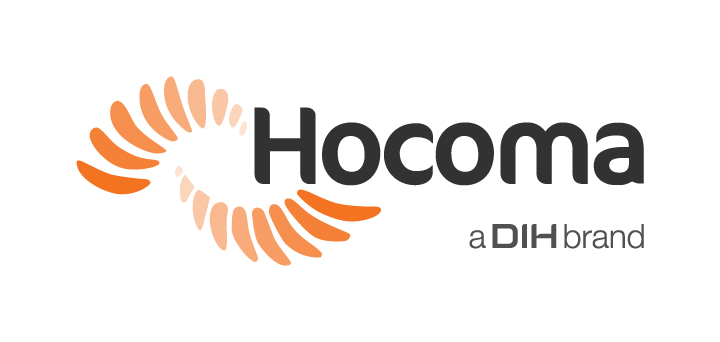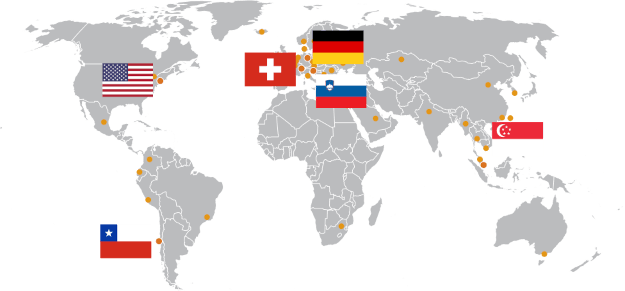One of the big questions in the field of rehabilitation technology has always been if the type of gait device used, i.e. an end effector (only attached to the patient’s feet) or an exoskeleton (attached to all segments of the lower extremity) would influence therapy outcomes.
Recently, this question has also involved financial aspects and Carpino et al. have claimed that training with exoskeleton devices costs two to three times as much as training with end-effector devices. In their calculations, they included purchasing costs as well as maintenance and operating costs (i.e. human resources). At first sight, the difference seems enormous and with a clear financial advantage for the end-effector devices. However, when taking a closer look at their calculations, they appear majorly flawed.
Alberto Esquenazi, one of the leaders in the field of rehabilitation technology and a long-time user of both an end-effector and exoskeleton gait trainer, pointed this out to the authors in a letter to the editor. He mostly questioned their chosen values for the purchasing costs, and their information on human resources necessary to operate both types of devices. A major concern was also the authors claim that exoskeletons are more dangerous for patients than end-effectors, which indicated the authors’ lack of understanding of some of the main properties of the two device types.
If you are interested in reading the article and the letter to the editor, please follow the links below, they are available open access. Keep tuned for Carpino et al.’s response to the letter to the editor, which is expected to be published soon!
What do you think about this topic? We’d love to hear your opinion by email!
Link to original publications:
Carpino G, et al. (2018). Journal of Healthcare Engineering: 7492024
Esquenazi A, (2019). Journal of Healthcare Engineering: 7634965.


